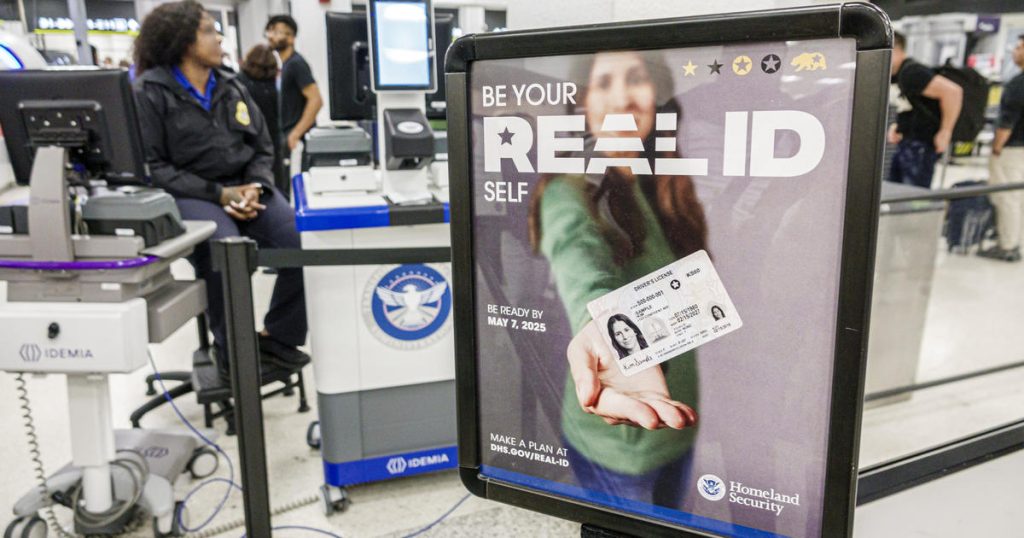Beginning in May of next year, all U.S. travelers will be required to have a Real ID on hand when traveling domestically by air. A Real ID is an enhanced form of identification established by the Real ID Act passed in 2005, which sets minimum security standards for state-issued driver licenses and ID cards. This requirement is intended to reduce identity fraud and will be necessary to access federal facilities, board commercial aircraft, and enter nuclear power plants. TSA personnel will only accept Real ID cards with the compliant star marking starting on May 7, 2025.
Any traveler who is 18 years or older and plans to fly domestically or visit certain federal facilities will require a Real ID or an acceptable alternative form of identification, such as a passport. Some states issue Enhanced Driver’s Licenses (EDL) with a flag marking that meets Real ID standards. To determine if you have a Real ID, look for the star marking in the top right corner of the card or an American flag marking for an EDL. If your license does not have these markings, it is not in compliance with the Real ID Act. Requirements for obtaining a Real ID vary by state, but typically include documents such as a social security card, proof of citizenship, and proof of residence.
To apply for a Real ID, visit the Department of Homeland Security website and click on your state of residence for specific instructions on how to apply and the required documents to bring with you to your appointment. You may also need to make a reservation at your state’s driver’s licensing agency. While there is no additional fee for a Real ID, standard DMV processing fees do apply. The cost for an enhanced ID is $30. It is important to have your Real ID or an alternative form of identification when flying domestically or visiting federal facilities to ensure compliance with the Real ID Act and TSA requirements.
In summary, anyone aged 18 years or older who plans to fly domestically or visit certain federal facilities will be required to have a Real ID or an acceptable alternative form of identification, such as a passport. Real IDs are an enhanced form of identification established by the Real ID Act to increase security and reduce identity fraud. To determine if you have a Real ID, look for the star or flag marking on your driver’s license. Requirements for obtaining a Real ID vary by state and typically include documents such as a social security card, proof of citizenship, and proof of residence. Visit the DHS website for specific instructions on how to apply and the necessary documents to bring with you to your appointment.


